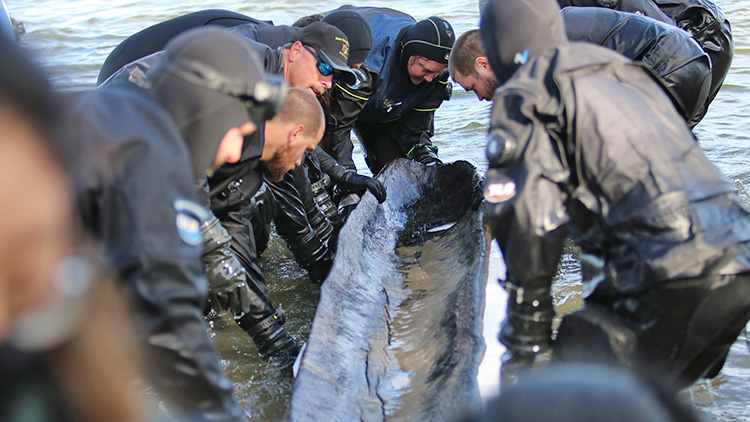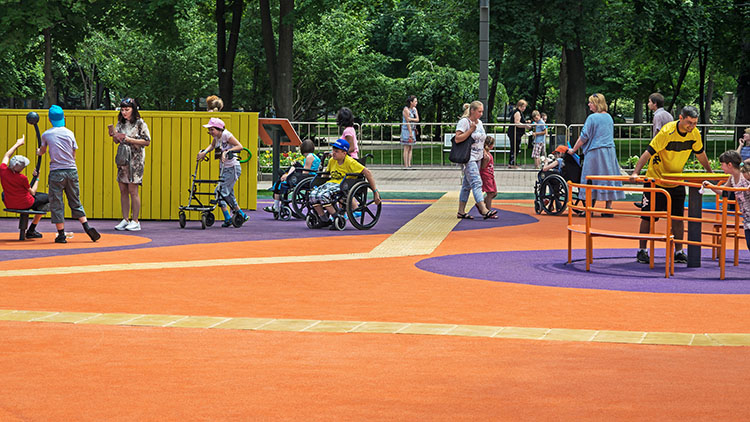
Have you ever roasted a marshmallow around a campfire? You weren’t just roasting a marshmallow, though. There is real science behind that ooey-gooey treat! Roasting a marshmallow causes the Maillard reaction, a chemical reaction that happens when you cook with high heat in the absence of water. The naturally occurring sugars and proteins of the marshmallow react and form a structure that gives off that toasty-brown hue! Marshmallows also puff up when you roast them over a campfire. This happens because rising temperatures inside the marshmallow make the air trapped inside expand and take up more space. This forces the flexible sugary mixture to stretch. When you think about it, cooking and baking are the result of changes to matter (food). Pretty cool, right?
Some scientists think so! They devote their time to learning about food. They study food in research labs. They are called food scientists.
What do food scientists do?
- Make food safer
- Make food last longer
- Make food more nutritious
- Develop food alternatives
- Remove allergens from foods
- Enhance flavors
Not only do food scientists improve the overall quality of our food, they make it fun! Do you like fizzy candy that pops in your mouth? How about those tiny balls of super-frozen ice cream that taste like fruit punch or birthday cake? If you do, thank a food scientist! Popping candy is famous for its fizzy fun. It is created using carbon dioxide gas at a very high pressure. Then, it is coated in a candy shell. Once you pop the candy in your mouth, the shell melts and the candies pop and fizz as tiny amounts of gas are released. Do you love ice cream? How about itty-bitty balls of yummy goodness? They are created by flash freezing ice cream in liquid nitrogen. This ice cream must be stored at a very cold temperature. It is so cold, it sticks to your tongue!
What Do You Think? What are some other chemical reactions that happen in the kitchen?
Photo Credit: sumos/Alamy



